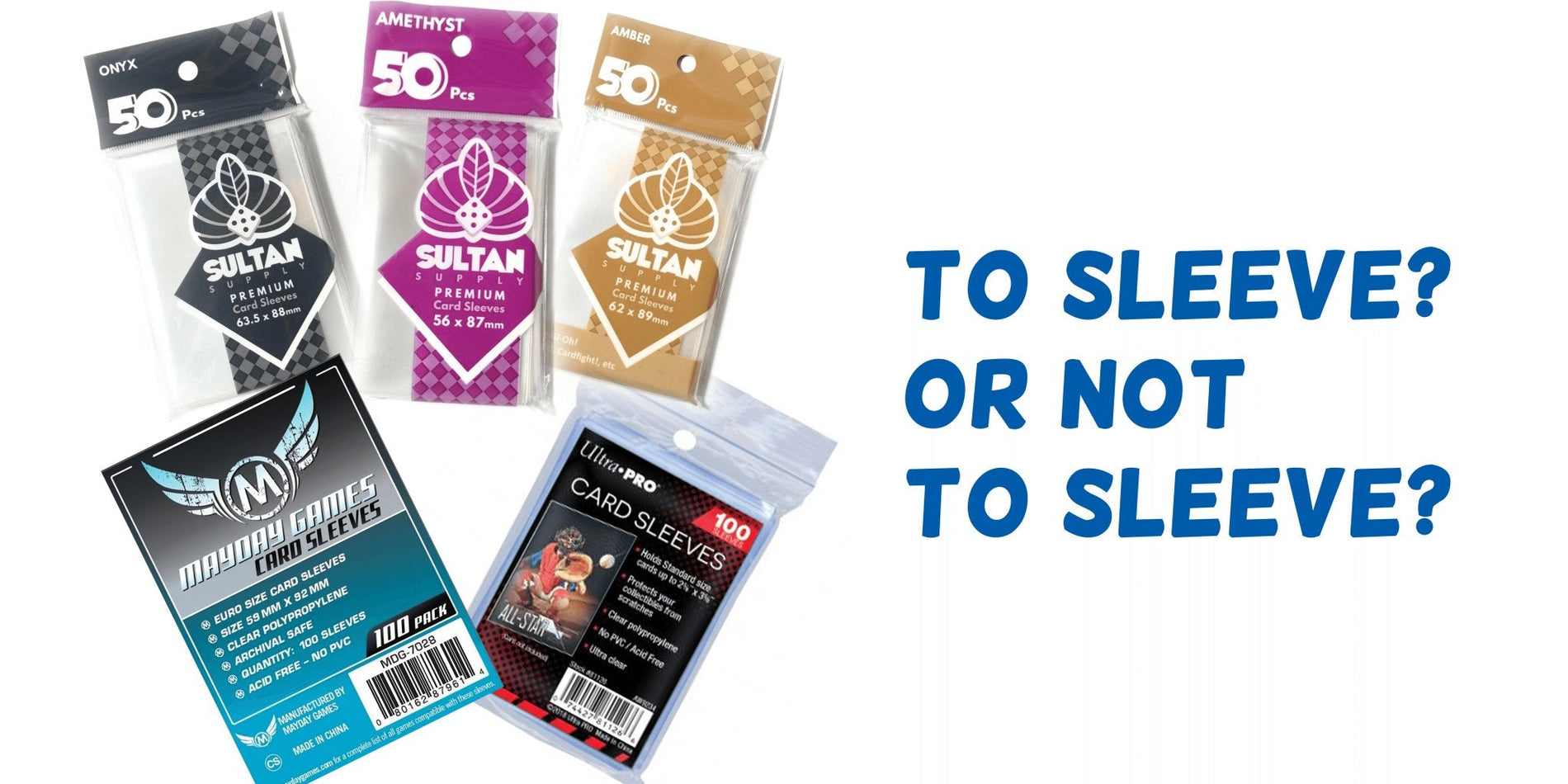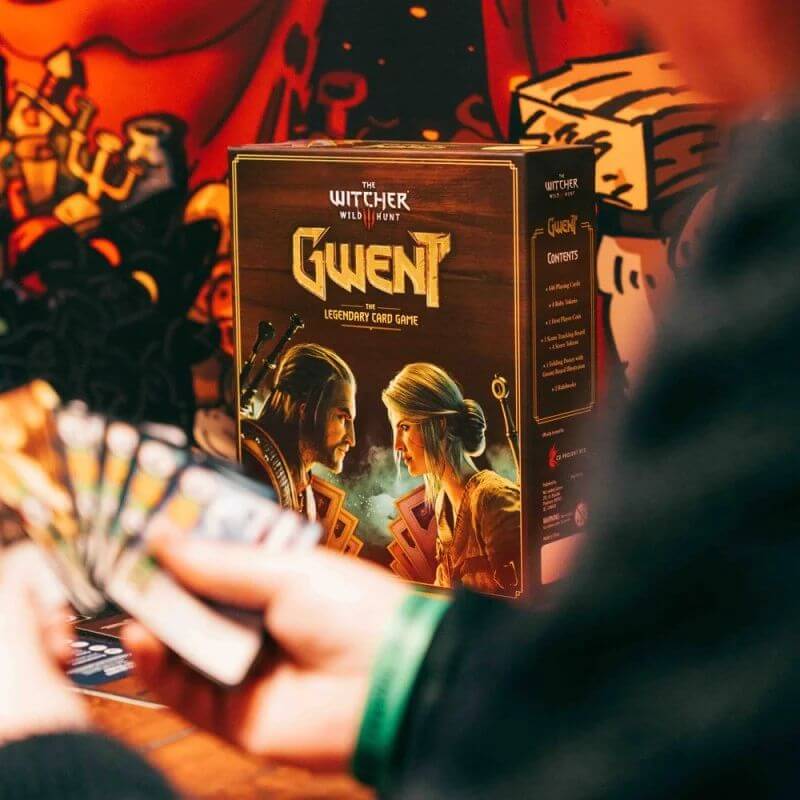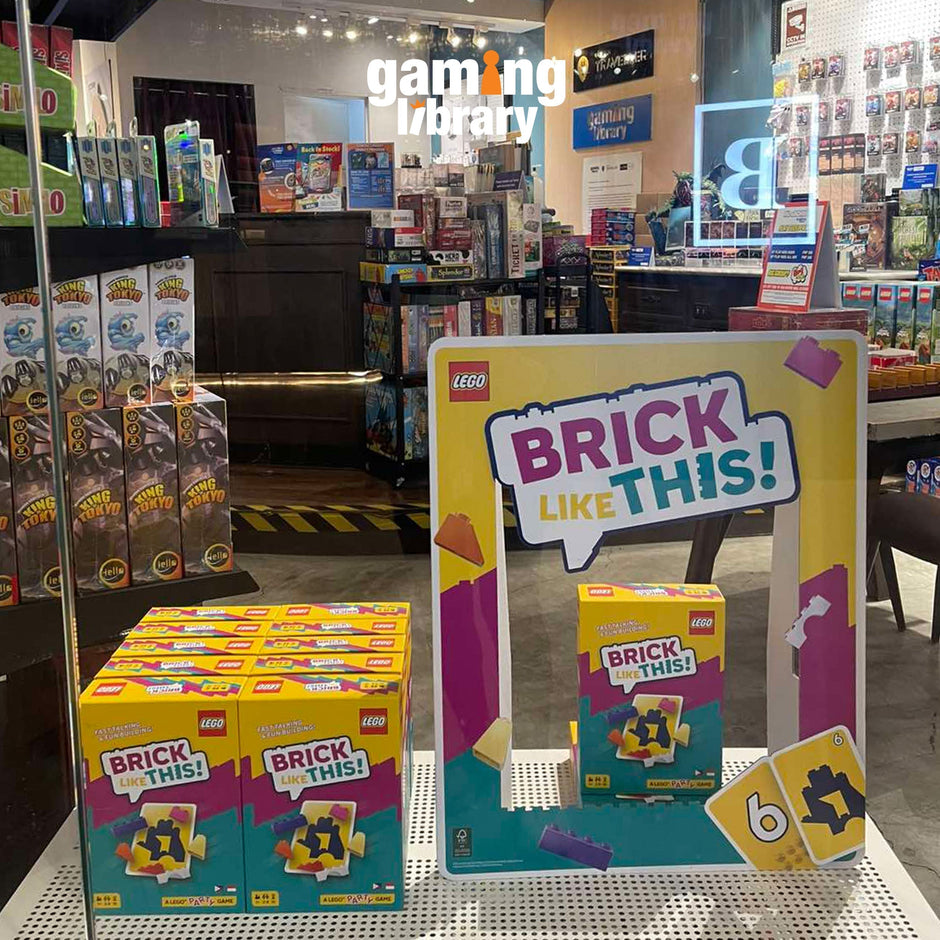To sleeve or not to sleeve, that is the question. Whether 'tis nobler for the games to suffer or to protect them against a deluge of troubles, sleeving your board games. Hopefully, this blog will be a helpful guide for you.
But wait, what are sleeves? Remember when we were young, our moms or dads would wrap our books in plastic wrap or have our ID pictures laminated? That is the same thing with sleeves in board games: sleeves are thin plastic protectors that come in different sizes and colors. Sleeves protect your cards from damage. There are even some who would cover the box itself, like me! (There is even a whole argument about sleeving vs. not sleeving in the context of just enjoying the game, but we won't go down that rabbit hole.)
Why Should You Sleeve Board Game Cards?
A fun gaming experience won’t be possible when your cards are totally worn out. While you may have indulged in playing with them too much, you can prolong the playtime when they are still in good condition.
So, here’s why sleeve cards are important:
It protects your board game from wear and tear.
We want our games to last long, hopefully a lifetime. Sleeves protect your games from wear and tear. This is especially true for games that are played often.
Some games that are highly encouraged to be sleeved are those where the cards are the main components (like Ticket to Ride), or rarer/more expensive games (Ticket to Ride anniversary edition). You may also want to protect cards of social deduction type games (like Resistance or Coup). The card backs need to be protected from scuffing, since they are shuffled often and the card backs need to be identical to each other.
It protects your games from moisture.
You should also sleeve board game cards to protect them from the bane of most paper products: moisture. We can’t help it if our palms are sweaty, especially if we are playing an intense game of social deduction (it’s hard to lie!). Sleeves give you peace of mind. No need to worry if the table's a bit damp from a drink or —heaven forbid—someone spills on it accidentally!
Board games often bring people together in a social setting, creating an environment where enjoying food and drinks during gameplay is common. Save yourself from the heartbreak of replacing a whole deck just because someone accidentally bumps his/her drink on a card.
PRO TIP: save those silica gel desiccants you get from shoe boxes and pop one or two in your board game box. It absorbs moisture from within the box.
It helps with shuffling.
Most sleeves make shuffling easier, and you worry less about nicks and dings on the cards themselves. The plastic reduces the friction, and makes the cards slide against each other like butter.
There is a caveat though: not all sleeves are created equal. Thinner sleeves often feel cheaper and are more prone to tearing but they are perfect for games with a lot of cards. There are games where you riffle shuffle the deck a lot, or you slide/tuck them under a game board like 7 Wonders. For those games, I suggest investing in higher quality sleeves like the Sultan Gaming Sleeves.
You can use sleeves to protect other things.
Sleeves can be used in other things, not just board games. You can also use it on your high school studio photos, notes from your crush, and K-pop photo cards.
What to Look for in Sleeves
Now that we have presented you with some reasons why you should sleeve your board games, let’s talk about what to look for in board game sleeves available in the market.
Microns
Microns serve as the standard unit of measurement for gauging the thickness of a card sleeve. Values go from 40 microns all the way up to 120 microns. Usually, thinner sleeves (40 microns) are cheaper and prone to tearing. Thicker sleeves (90+ microns), on the other hand, are stronger and of higher quality. Thicker sleeves are bulkier and feel more lux. However, shuffling a deck of cards or fitting them back into the original box would be a bit more challenging with thick sleeves.
Color
There are also colored sleeves. You can customize and choose your favorite colors (or the color of the KPOP group that you are stanning). Other considerations for choosing sleeves are clarity (matte or glossy), perfect fit (you don’t want extra plastic hanging out), and ability to be double-sleeved (for when you really want to protect a card).
When Not to Sleeve Your Board Games?
All this talk about sleeving might convince you to sleeve all your games. You can totally do that, but that would also be an investment on your part. You might be asking yourself... should I buy sleeves or just buy a brand-new board game? My suggestion is that you take these criteria when you want to sleeve your board games.
- Games that are played a lot and you shuffle a lot
- Social deduction games
- If you lend your games to friends (share a game, win a friend)
- Your favorite games that you want to protect (You may even want to double sleeve)
Games that you can do away without sleeves
- Games with cards that are laid down on the table like Codenames
- Games with weird card sizes (too big for sleeves)
- Games with tons of cards
At the end of the day, the decision to sleeve or not to sleeve is up to you. The important thing is that we play more games and have quality fun with our friends and family.
Let us know your thoughts about sleeving and other ways you protect your board games.
About Gaming Library
Gaming Library is your ultimate destination for board games, offering a diverse selection perfect for families, friends, and gamers of all levels—from beginners to seasoned pros. 🌟 We carefully curate our collection by sourcing the best titles from around the globe, ensuring there’s something for everyone, whether you’re a casual player or a hardcore hobbyist. 🎲 Our mission is to bring people together, strengthen family bonds, and create lasting friendships through the joy of tabletop gaming. Beyond the fun, we believe board games are a powerful way to develop essential skills and sharpen critical thinking—skills you can carry into everyday life. Explore our world of games and discover the perfect match for your next game night!












